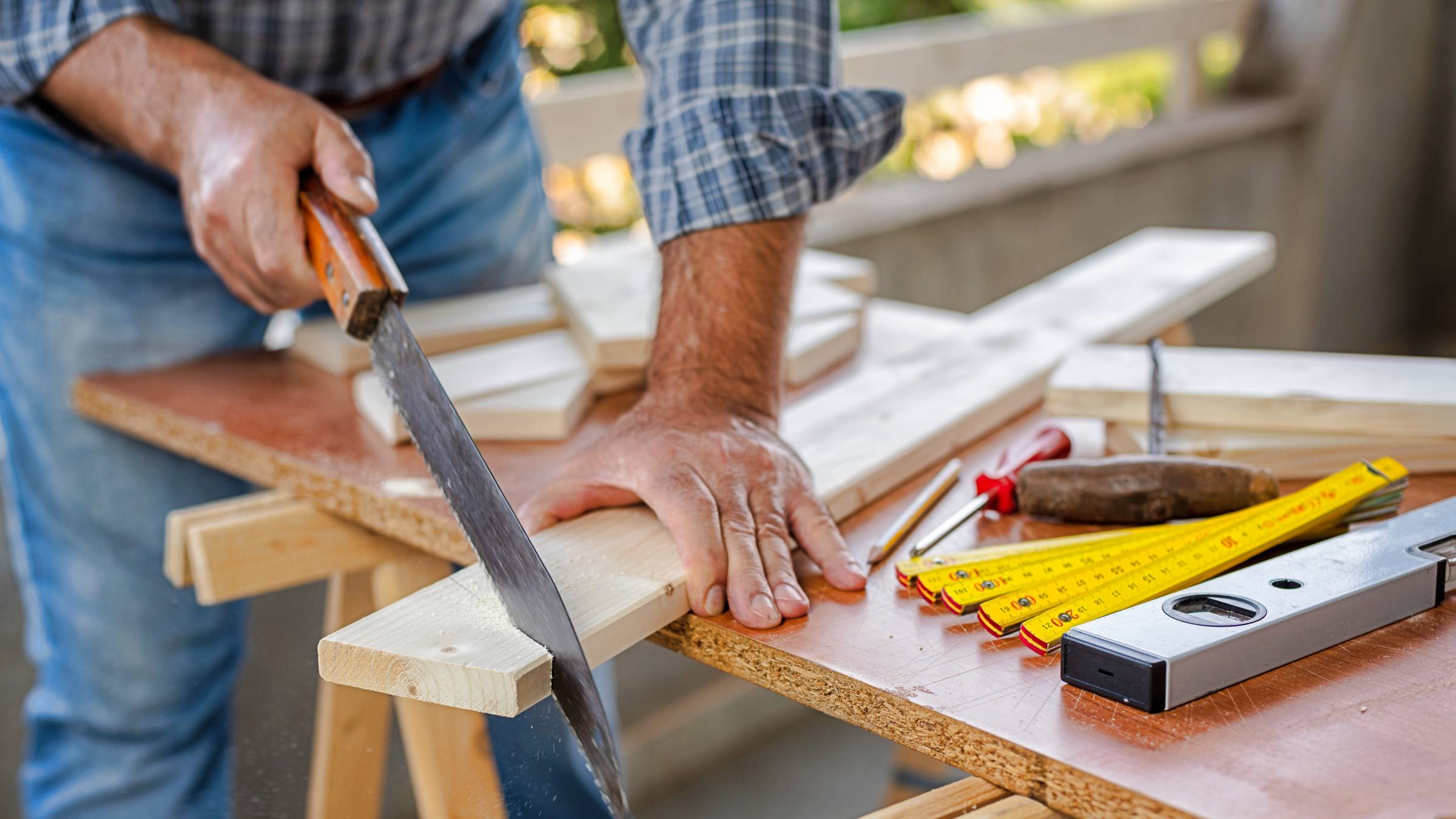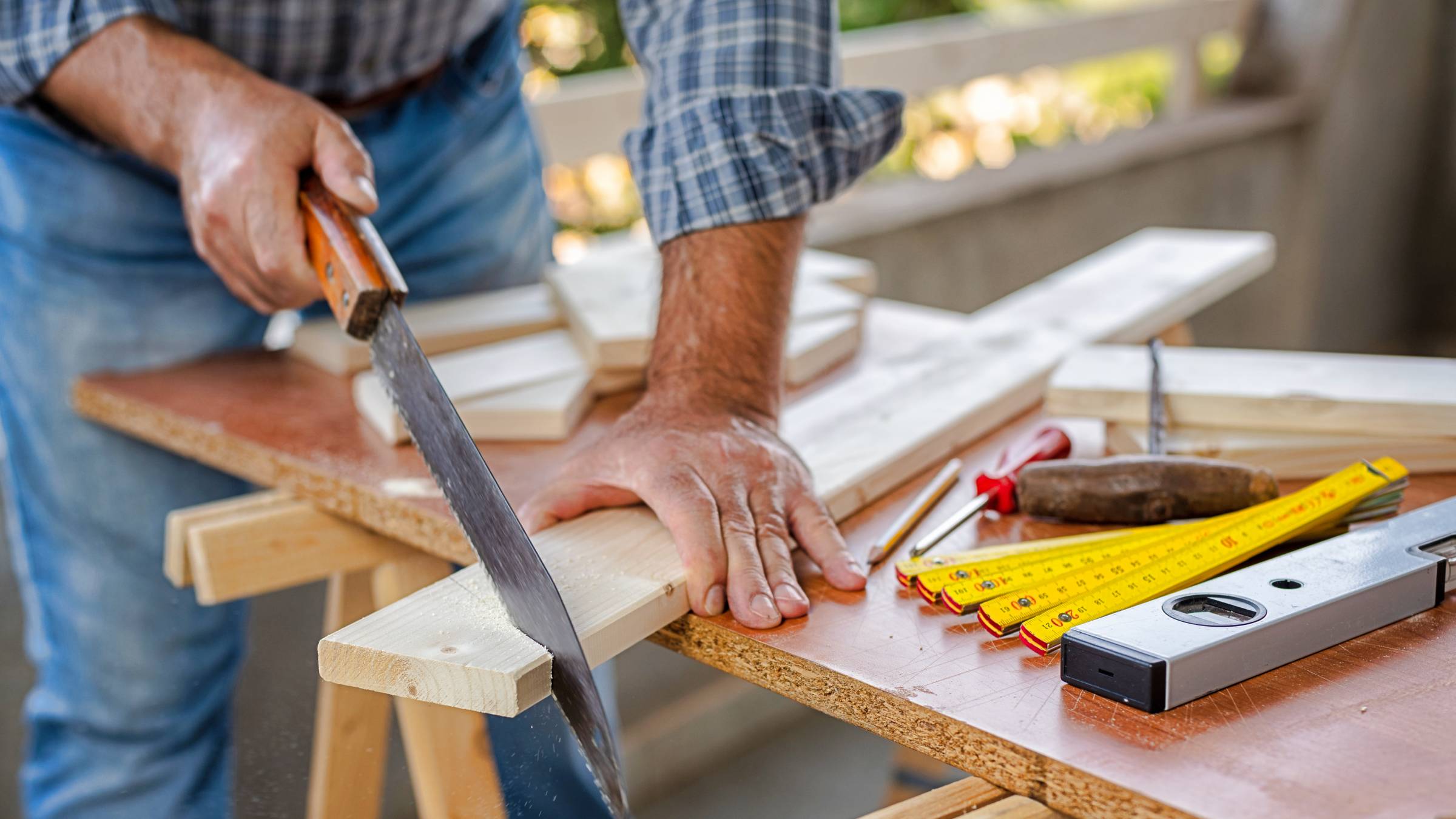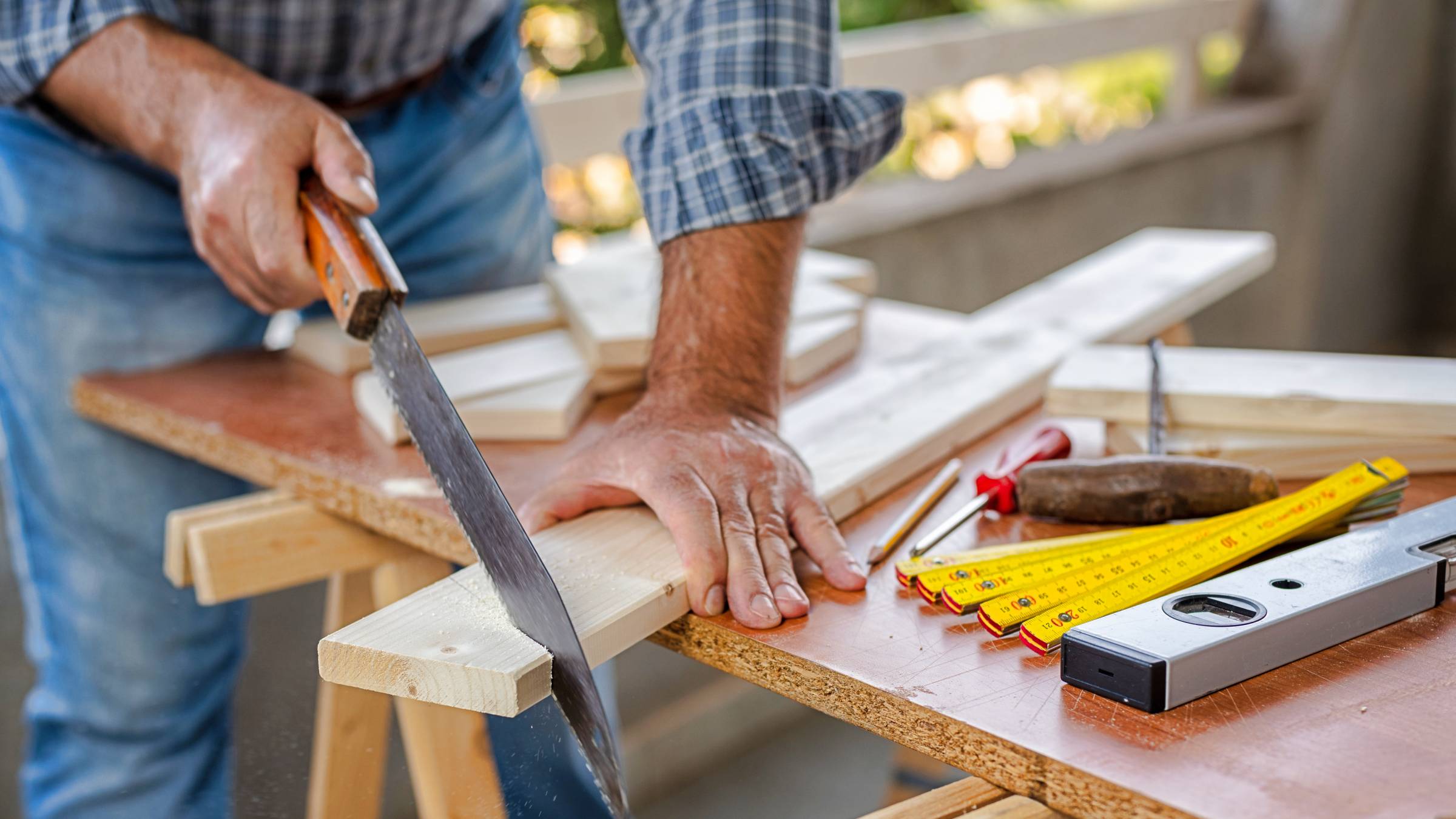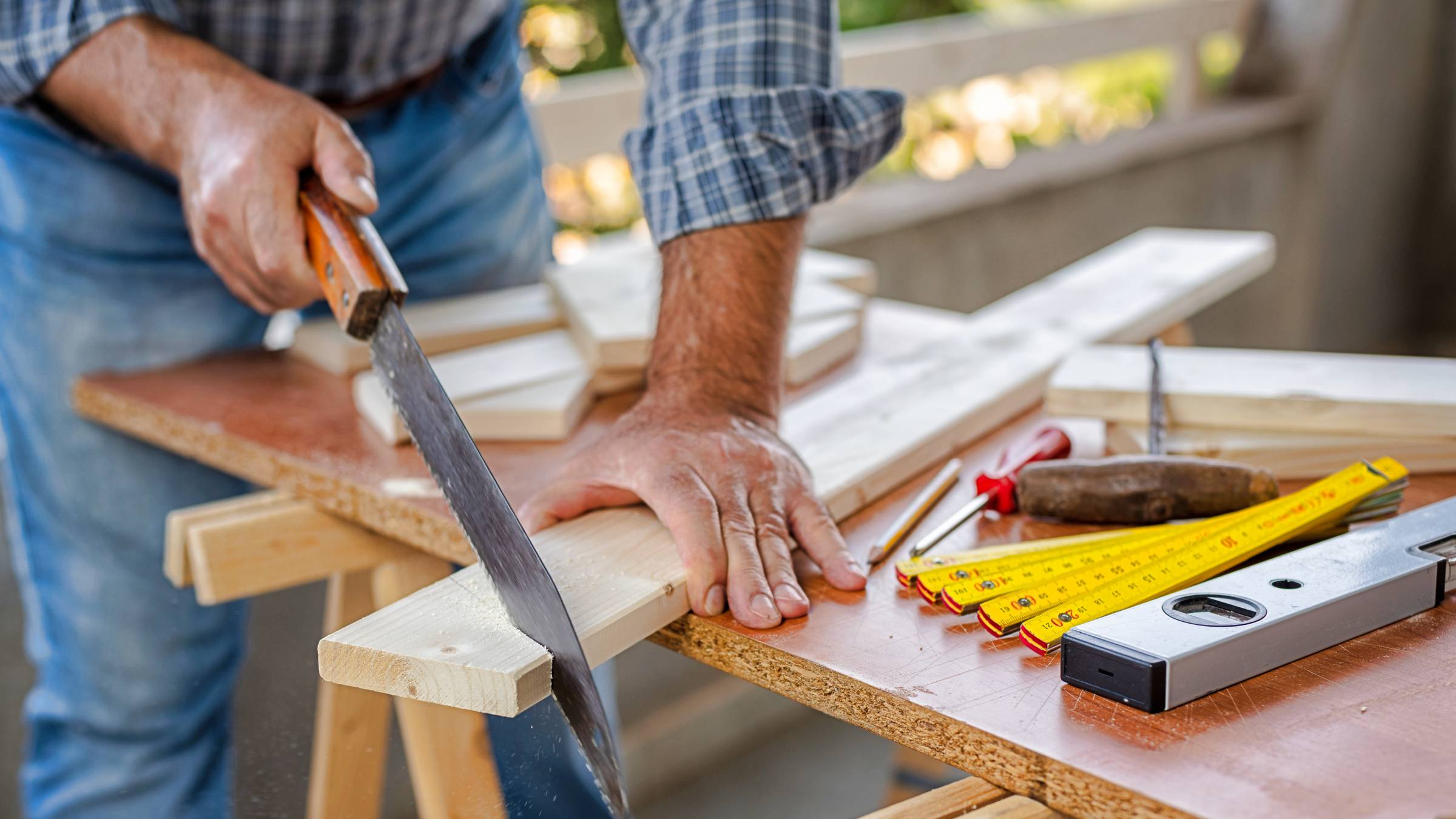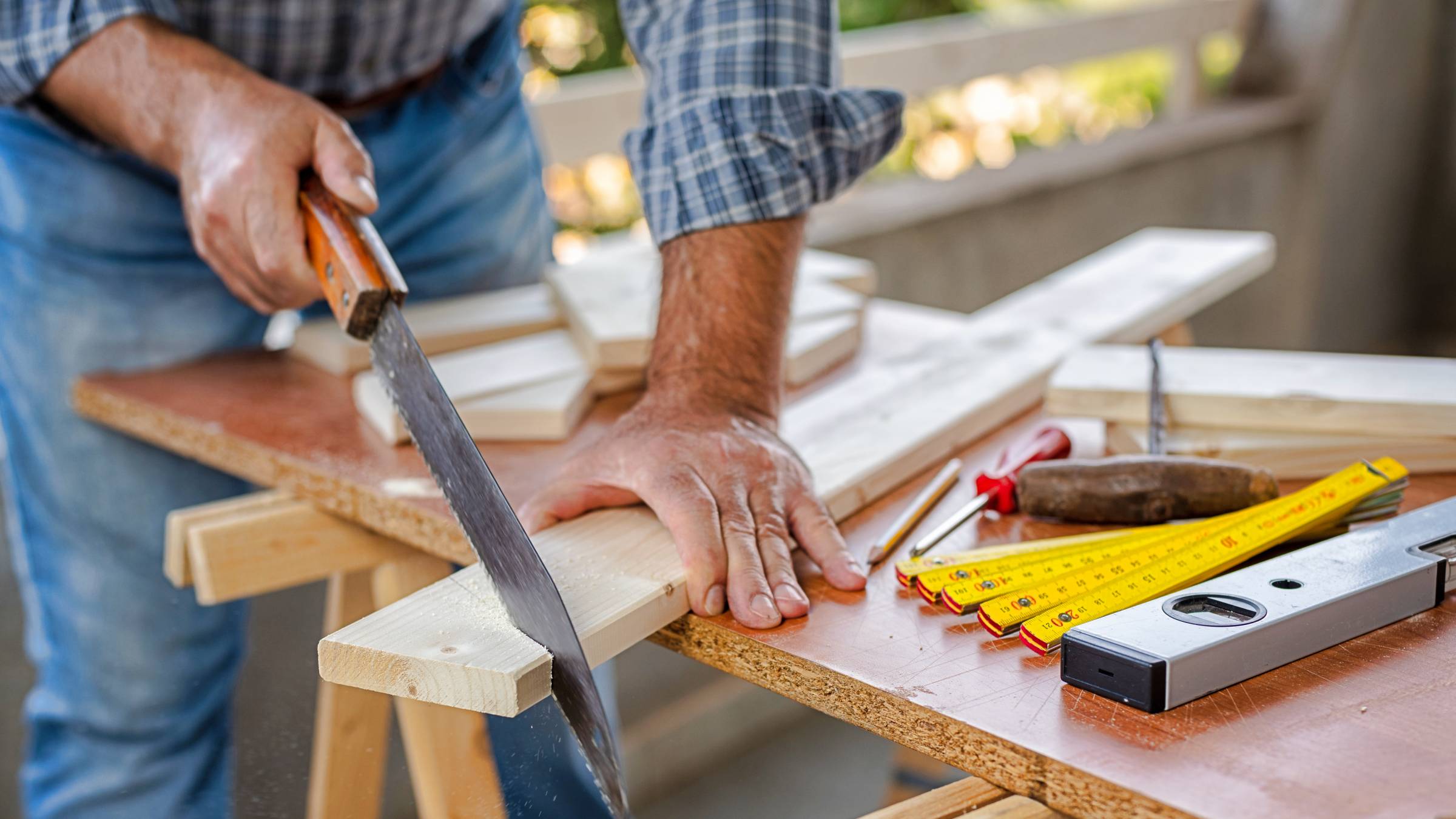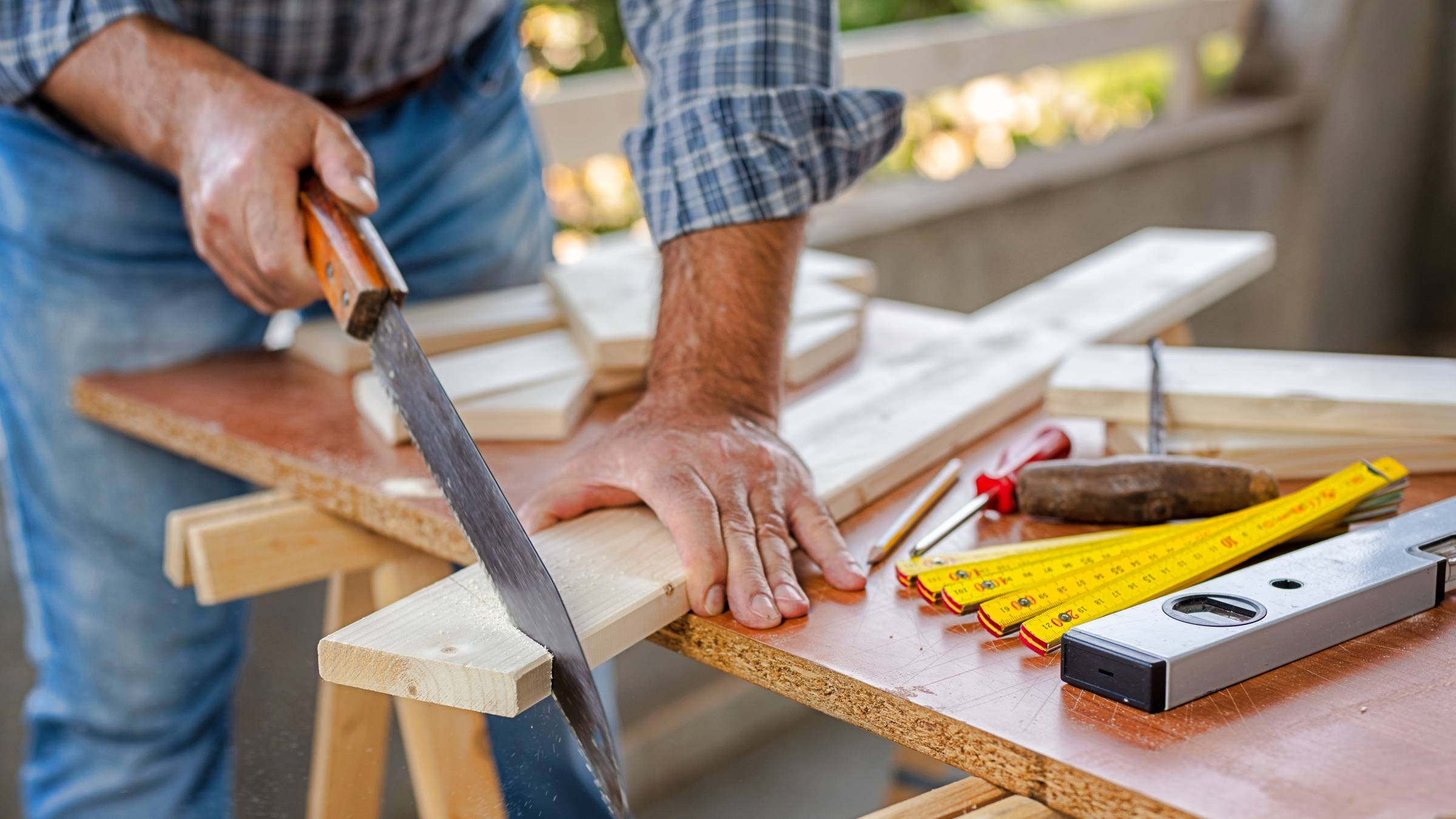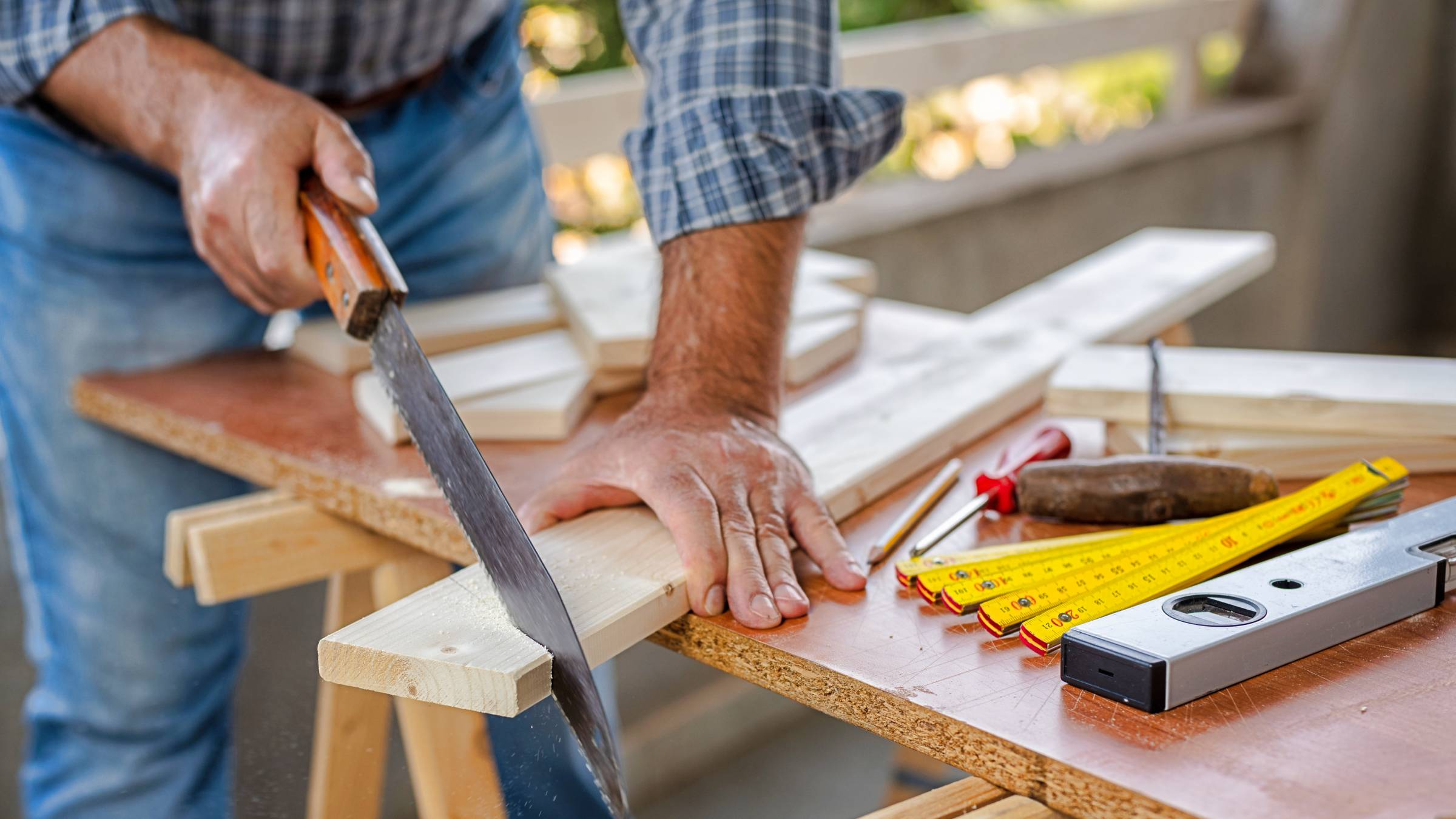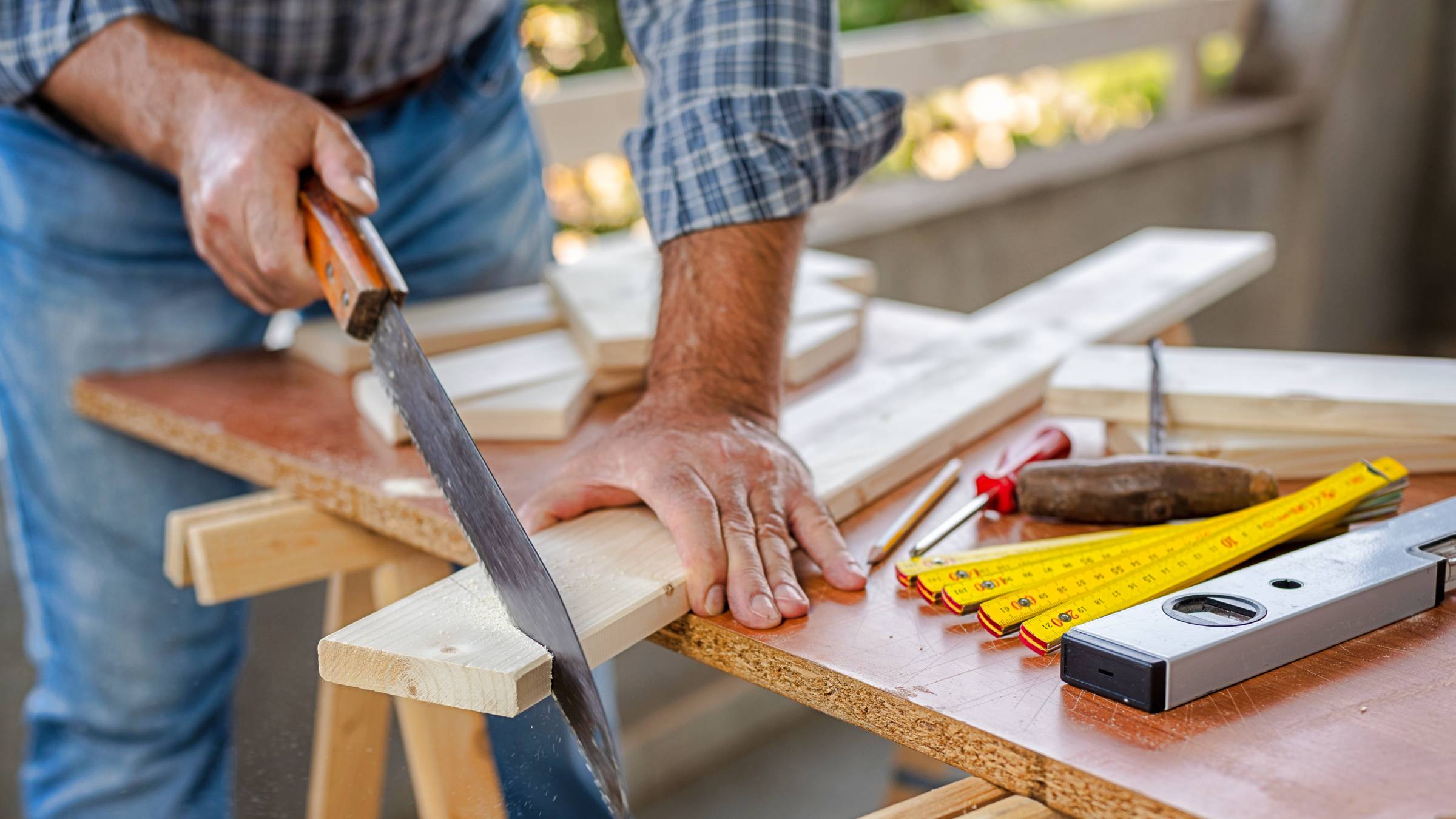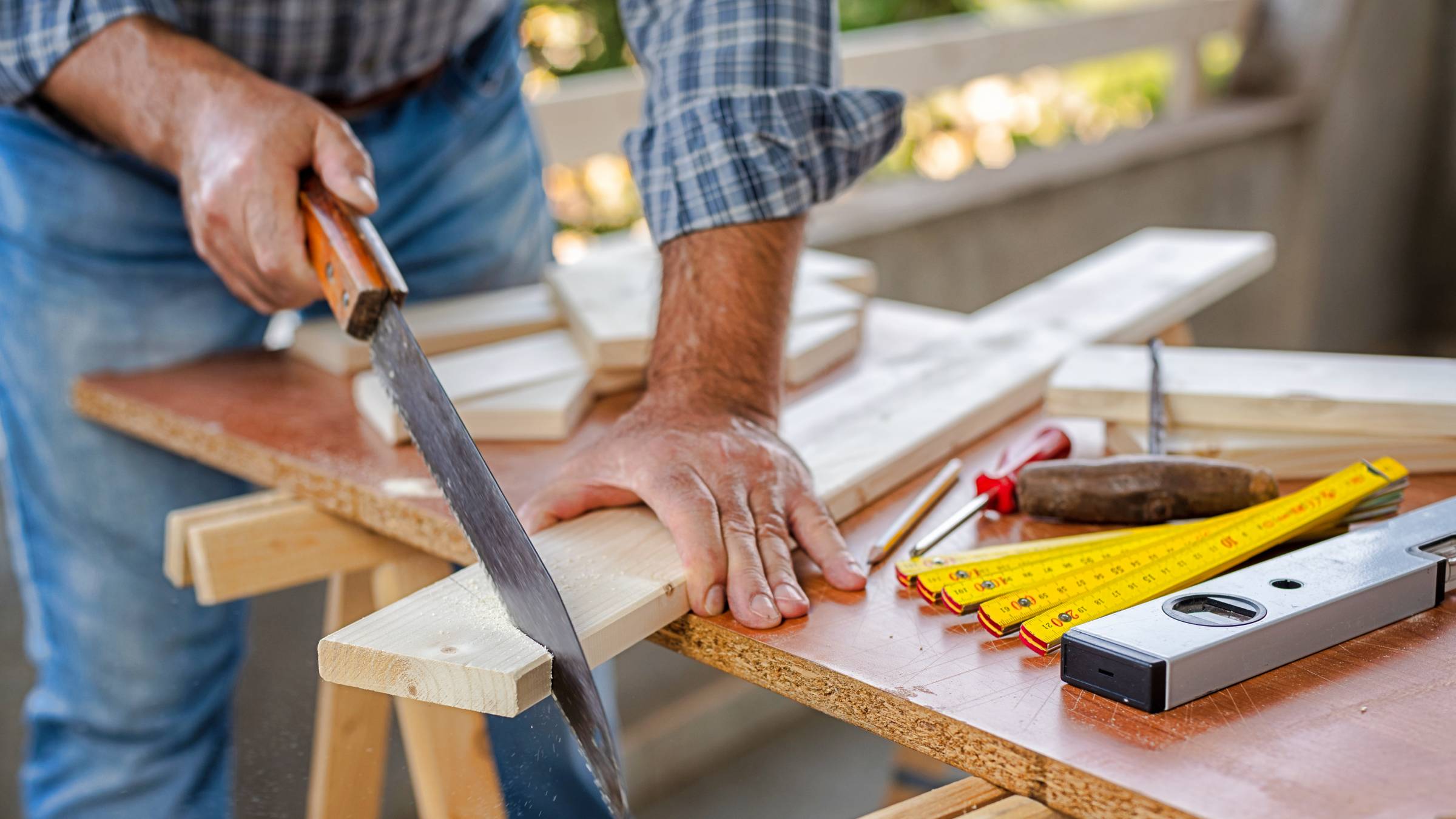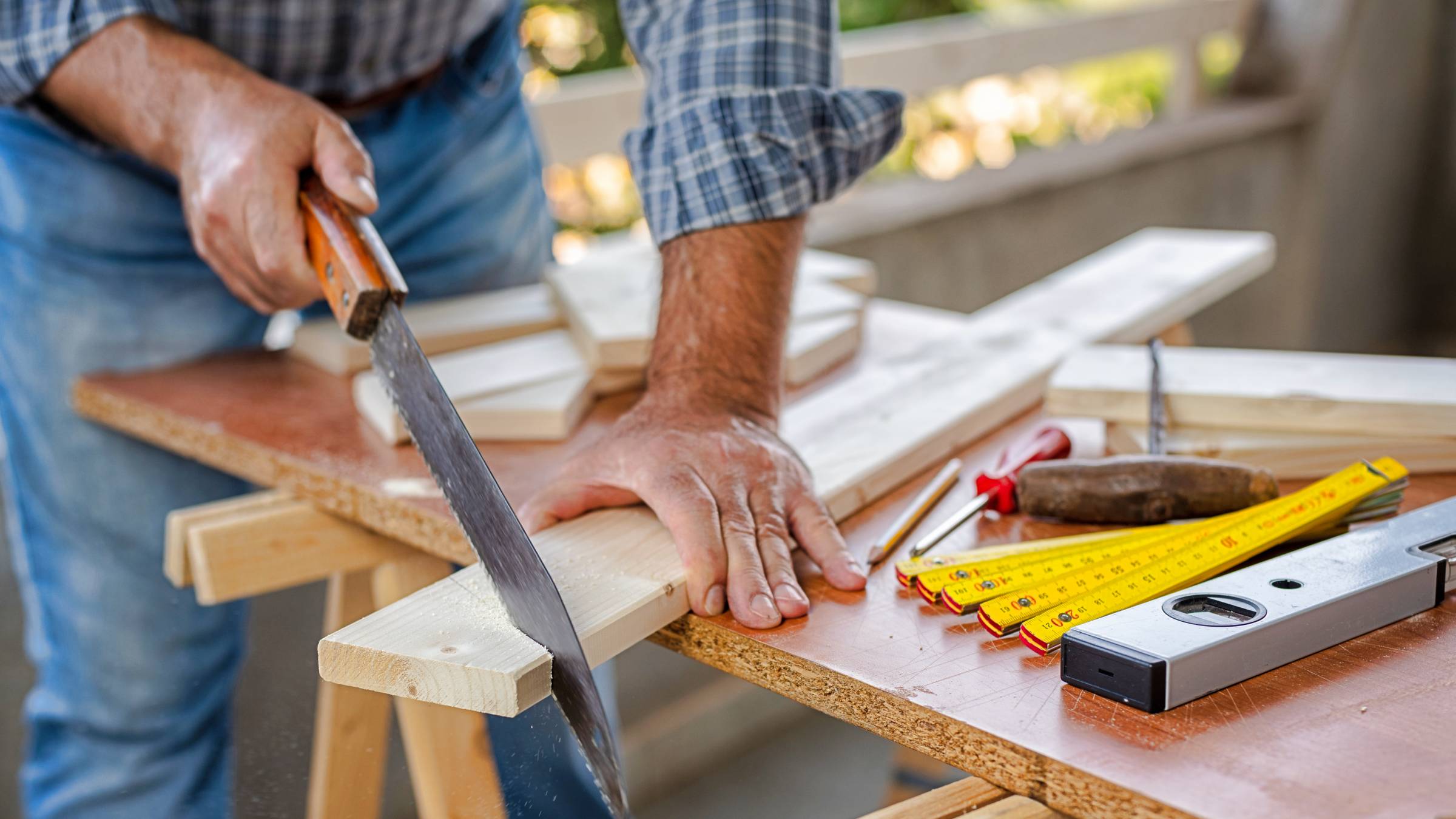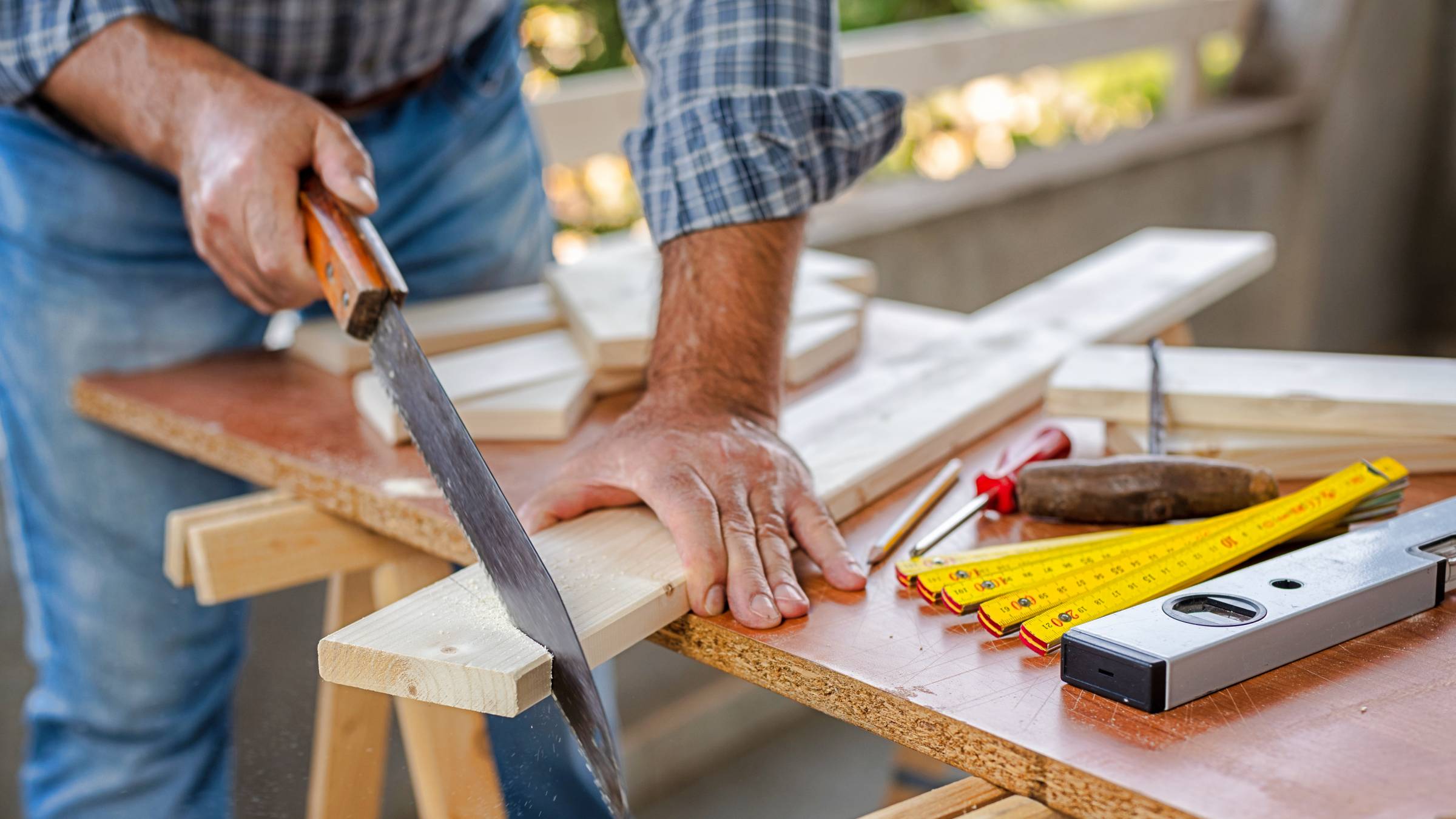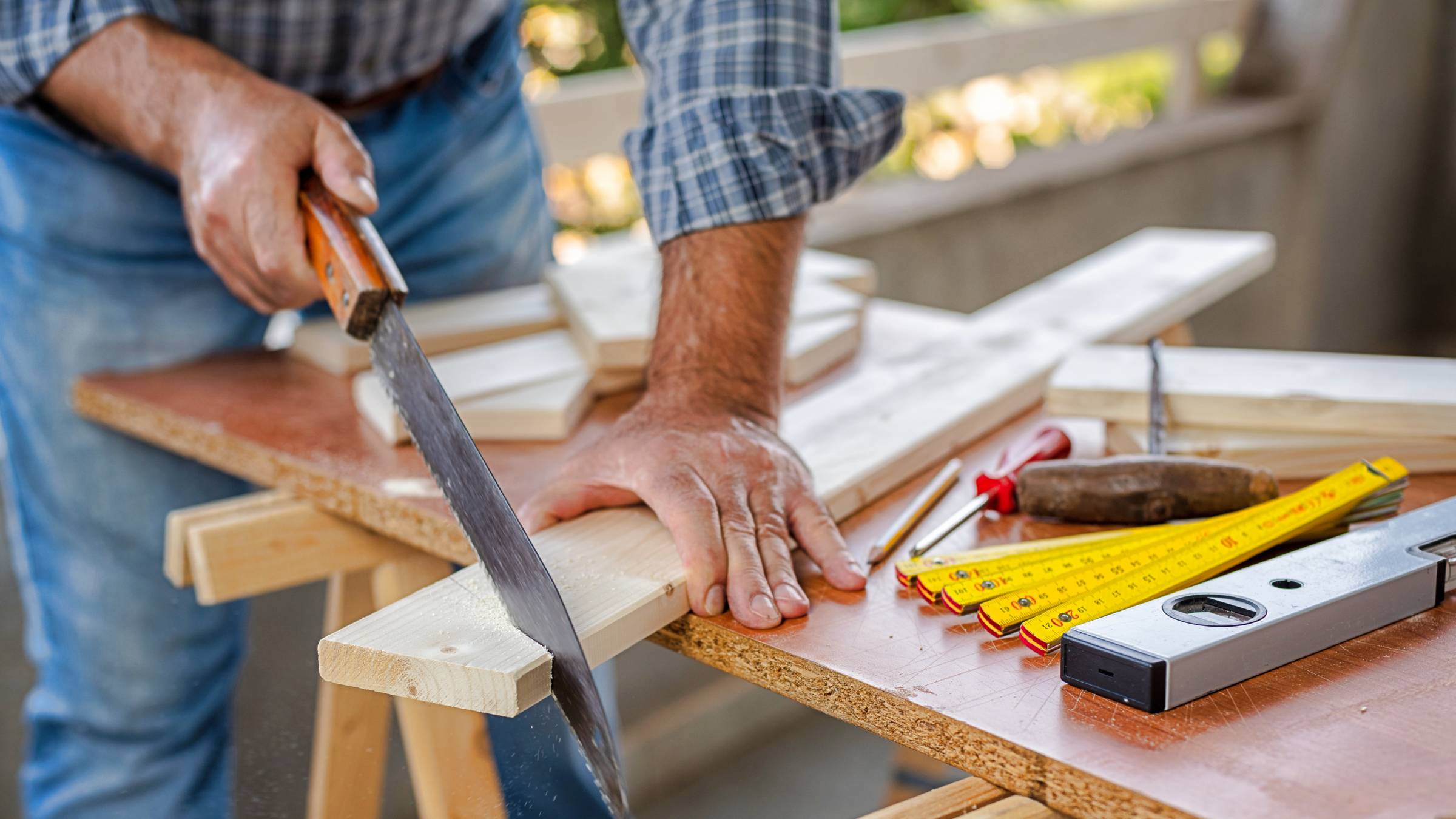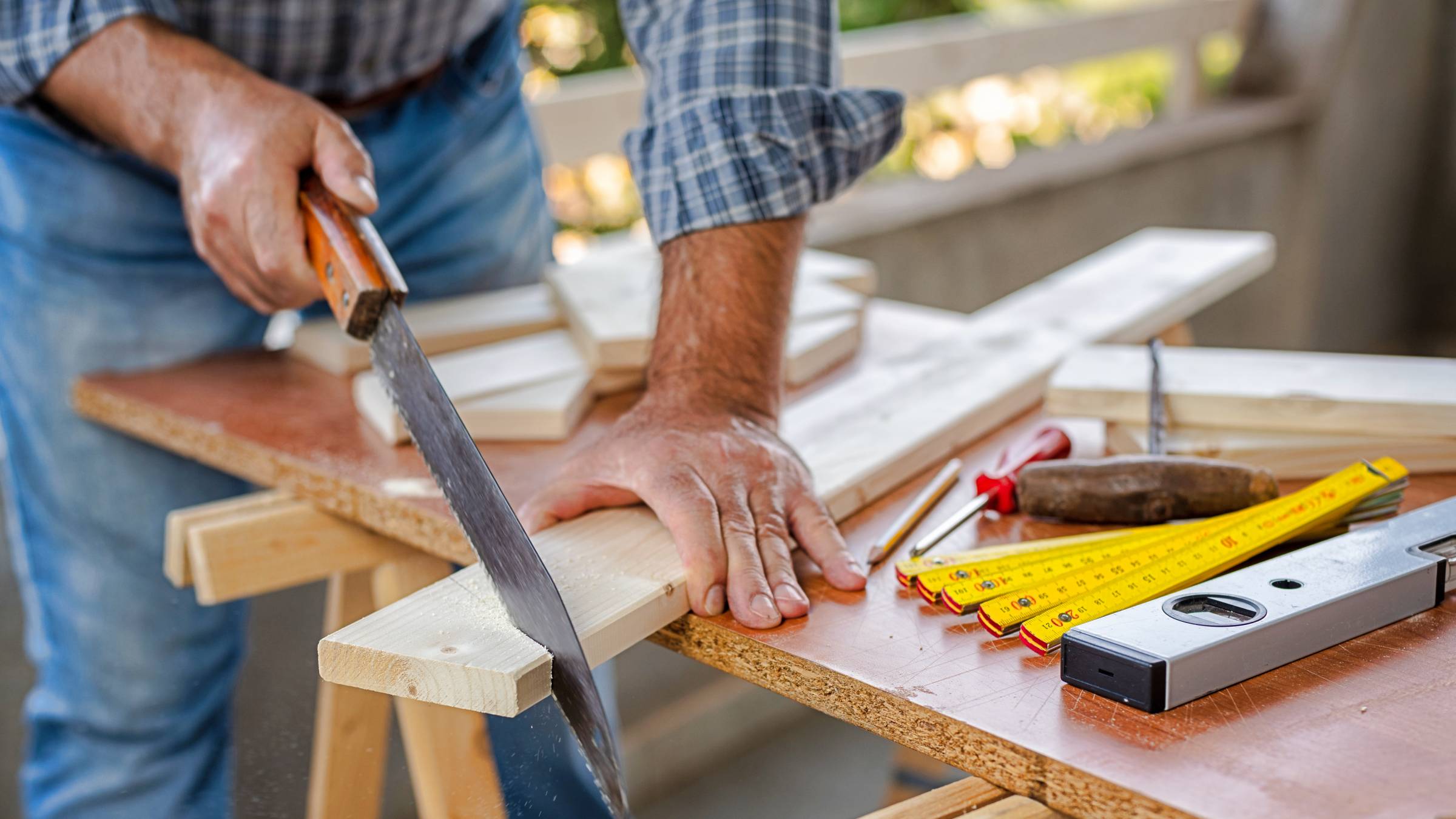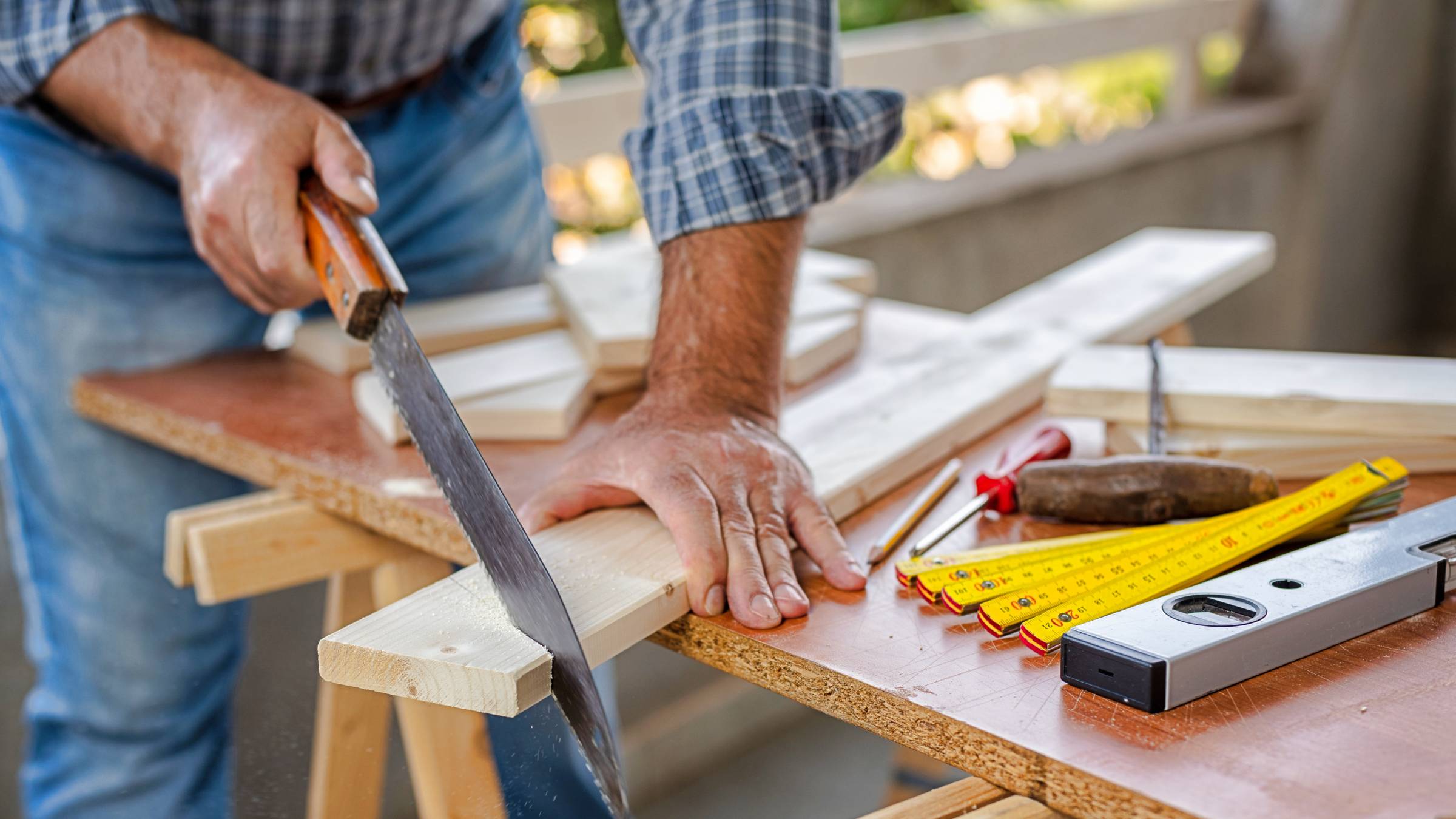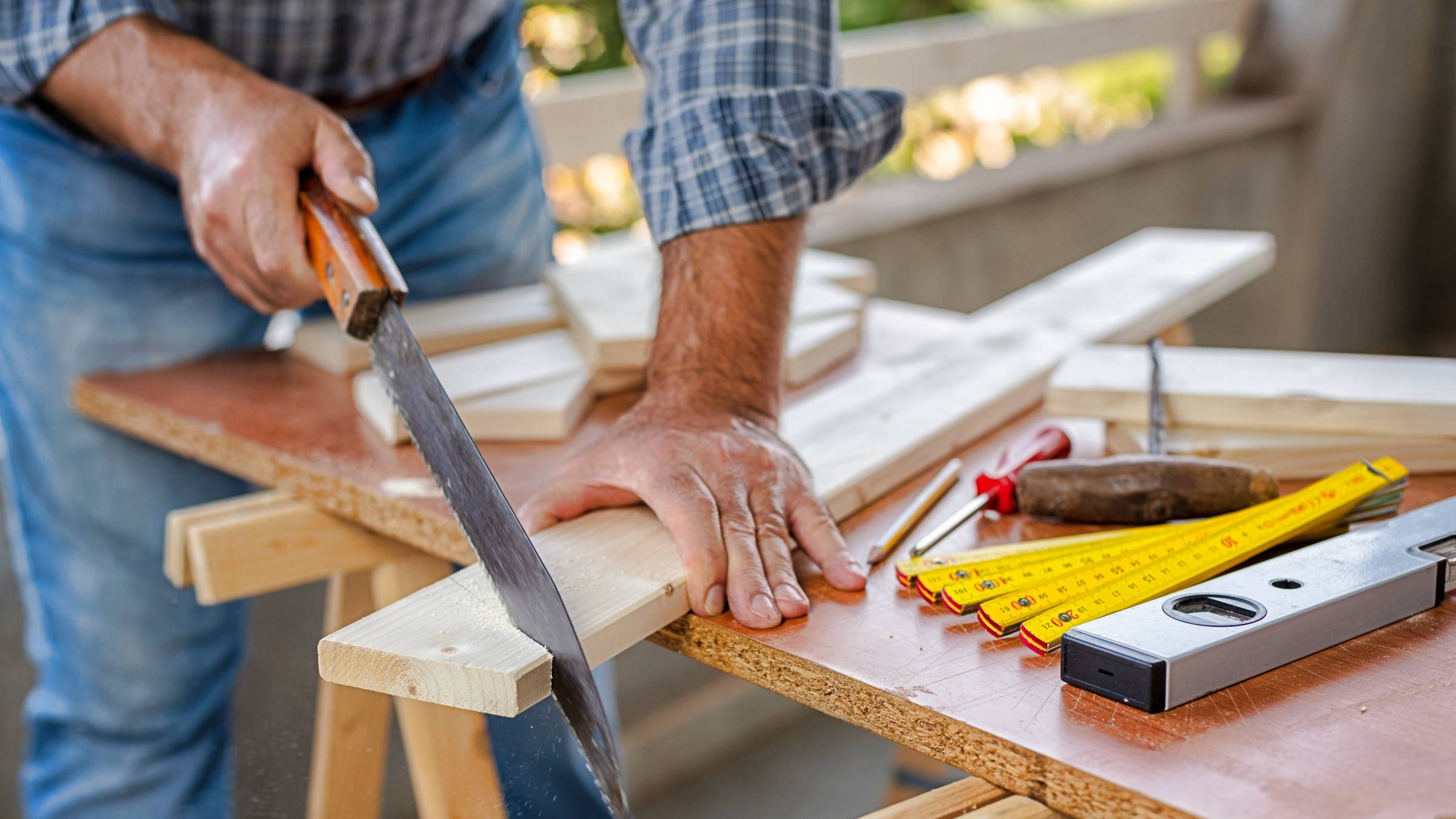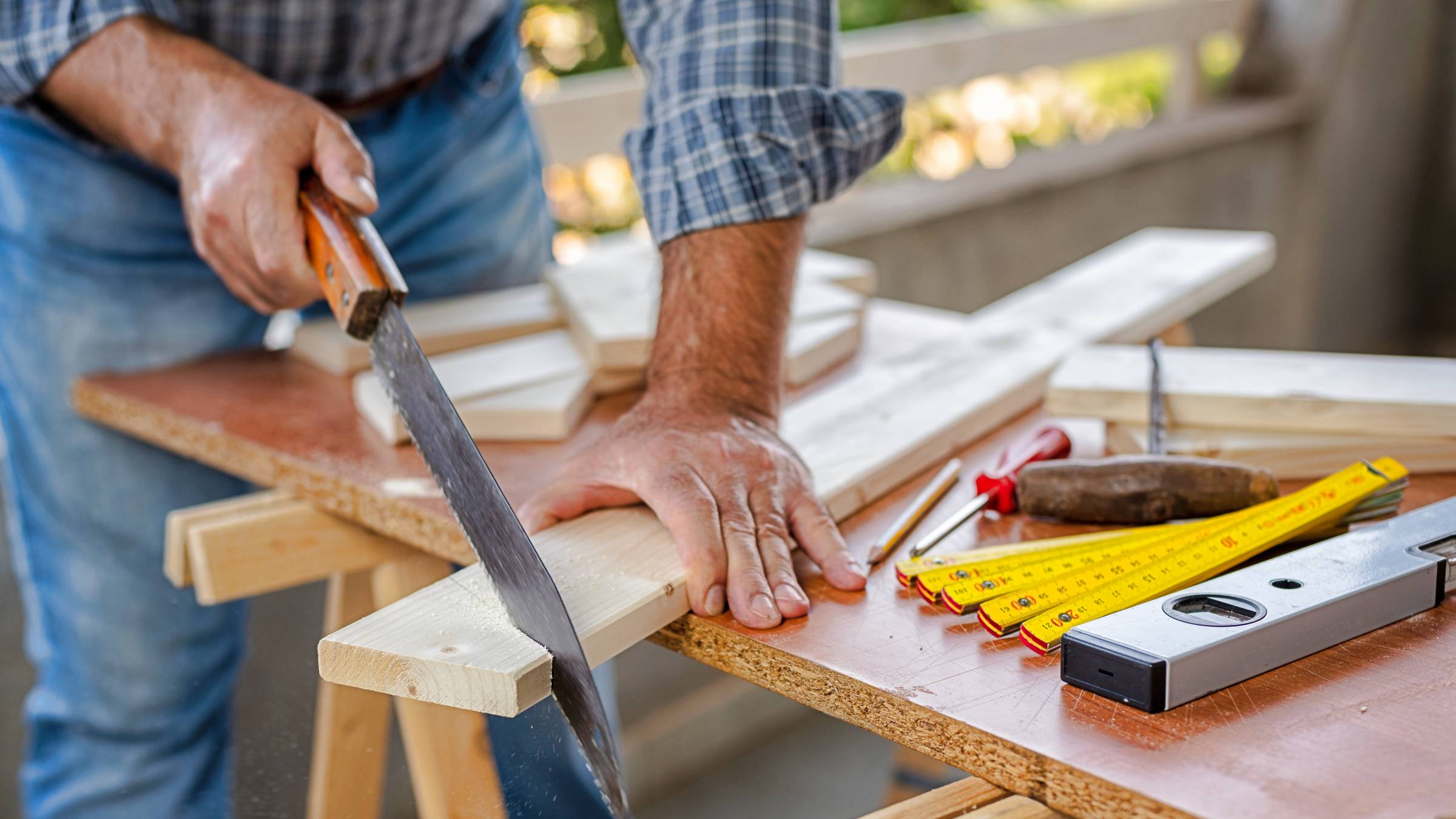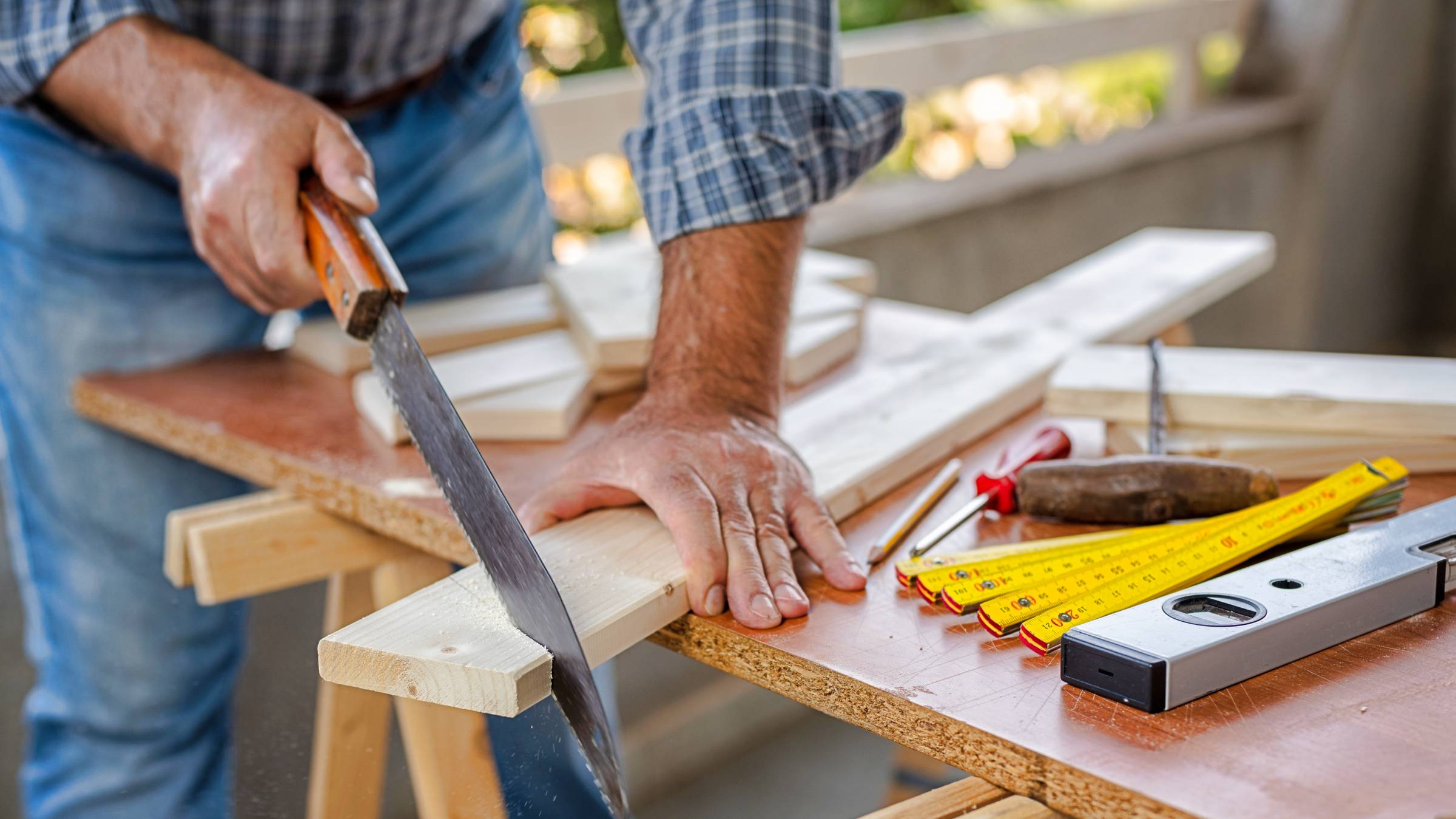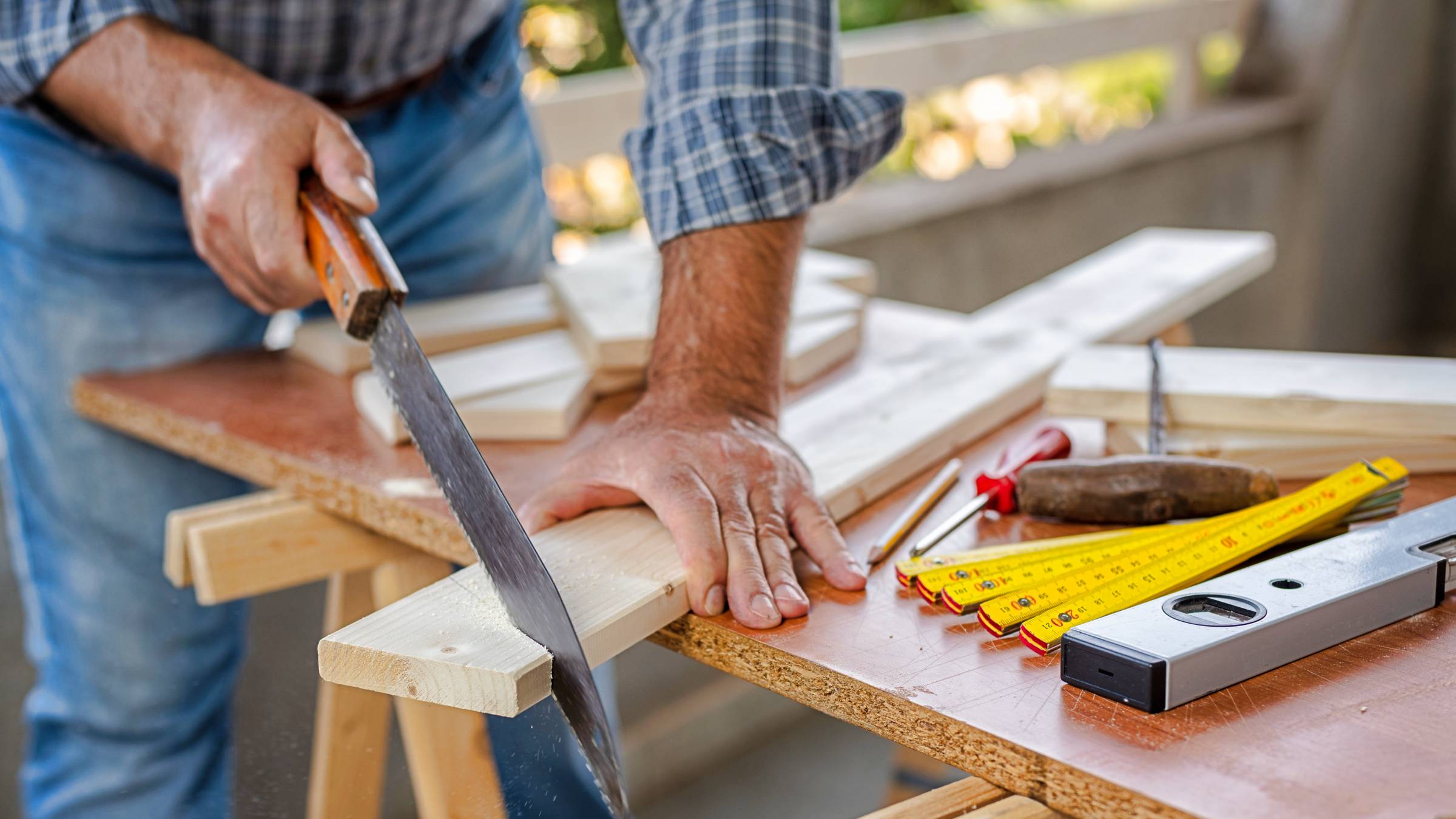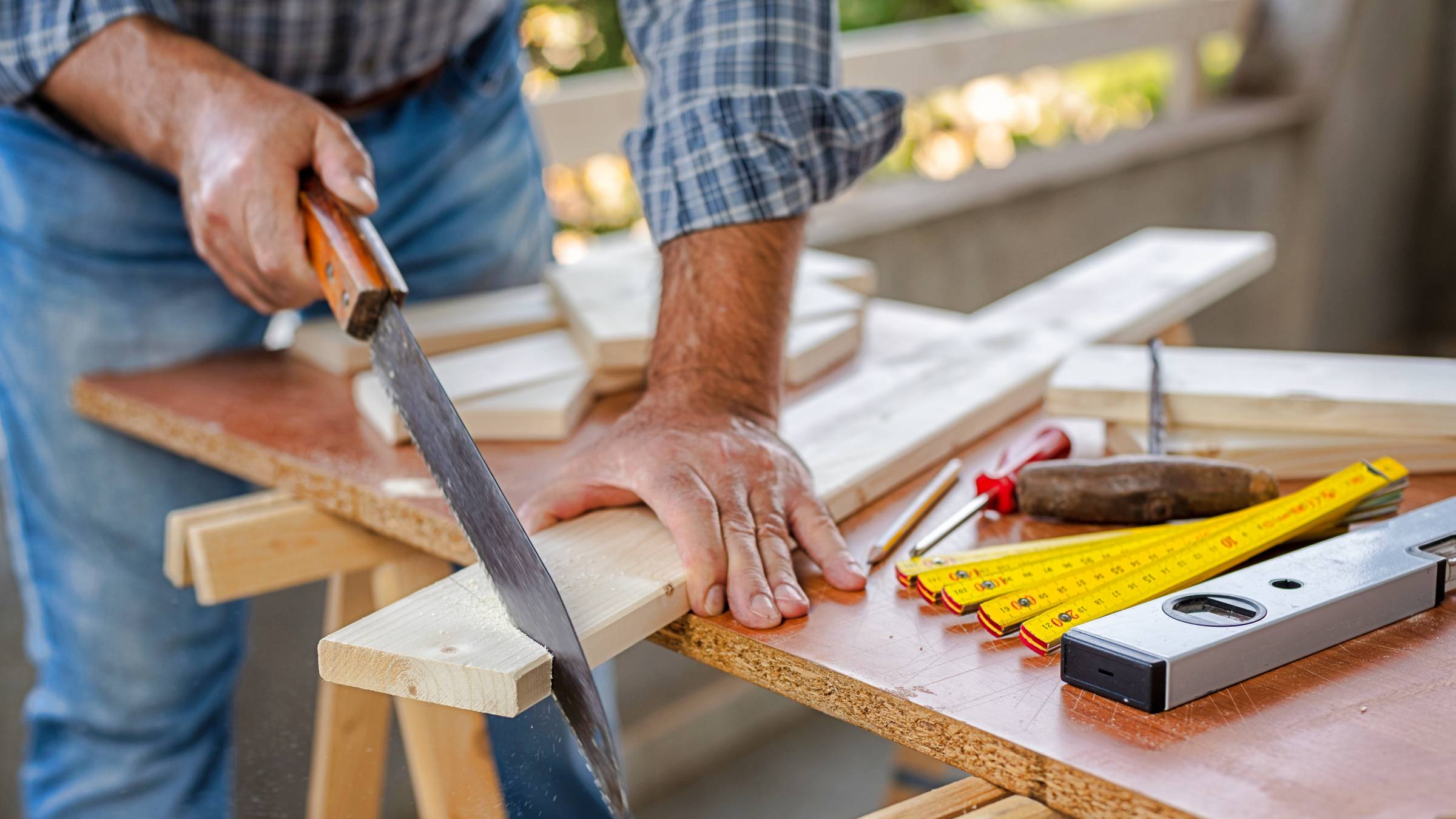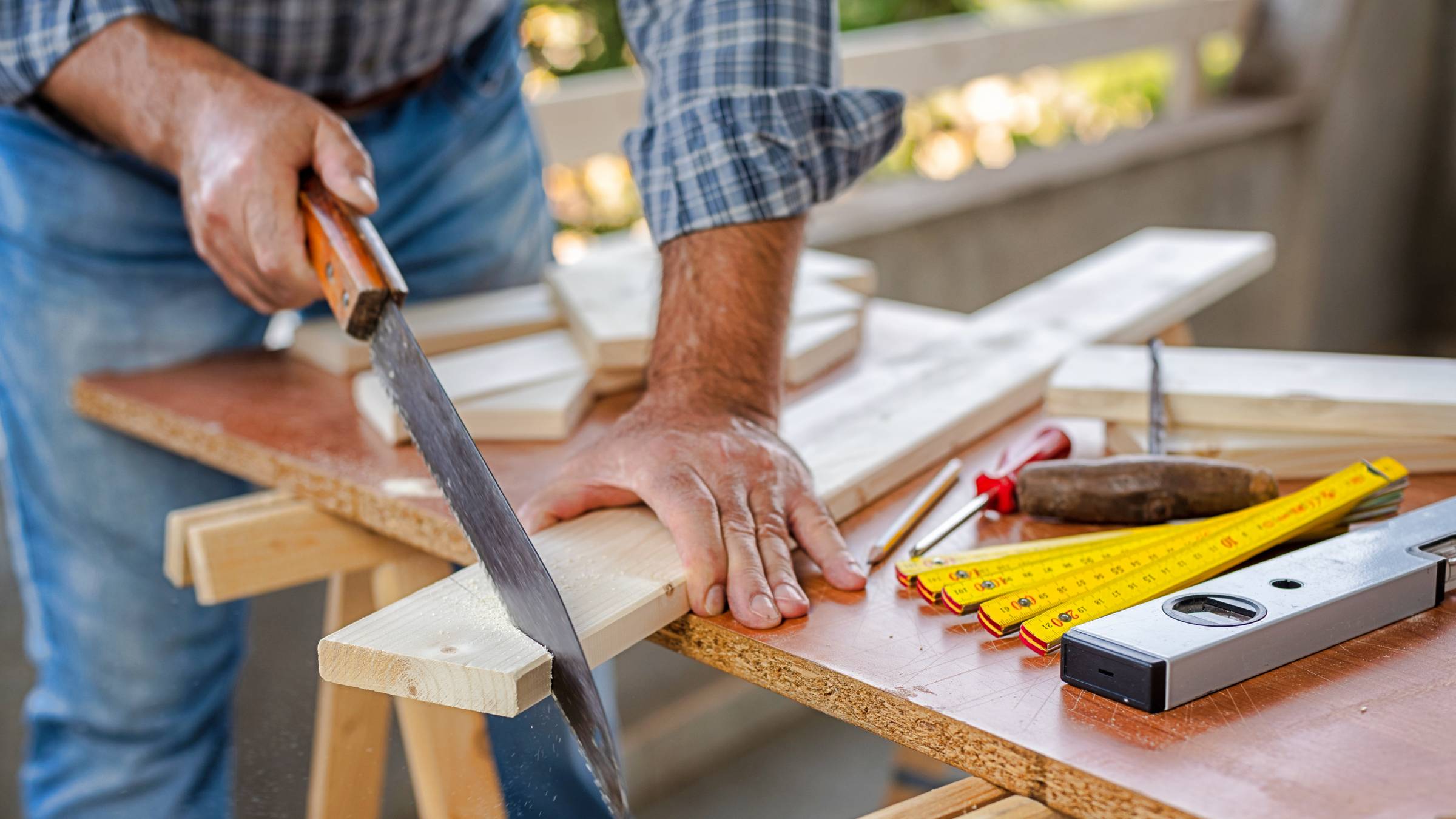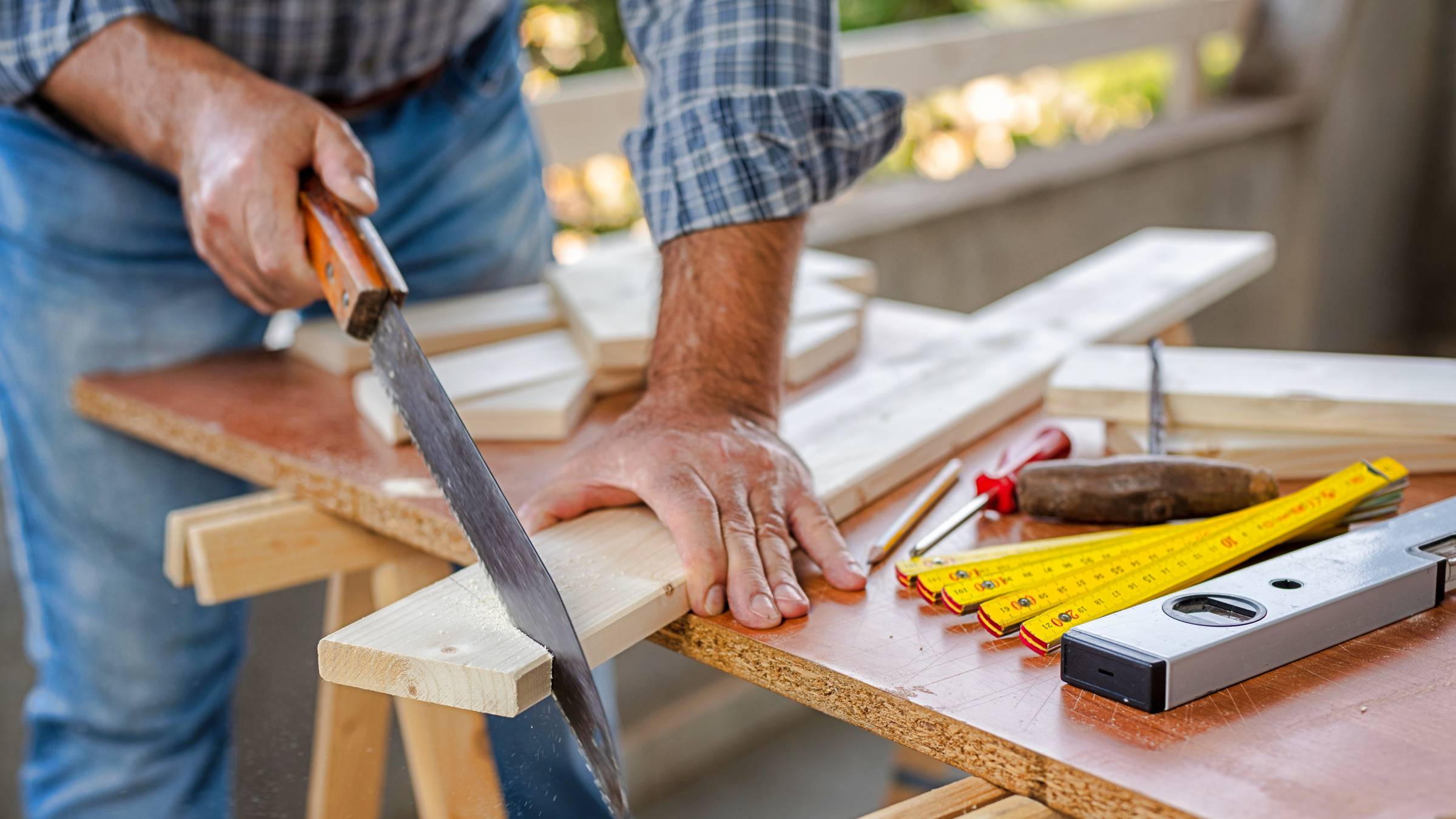Running a carpentry workshop involves countless risks that could potentially devastate your business overnight. From workshop fires …
Carpentry Public Liability Insurance: Essential Protection for Woodworking Professionals
Introduction
Carpentry is a skilled trade that combines creativity with precision, but it also comes with inherent risks that can expose professionals to significant financial liability. Whether you're a self-employed carpenter, run a small carpentry business, or manage a larger woodworking operation, public liability insurance is not just recommended – it's essential protection that could save your business from devastating claims.
Public liability insurance for carpenters provides crucial coverage against third-party claims for injury or property damage that may occur during your work. From a client slipping on wood shavings to accidental damage to expensive fixtures, the risks are real and the potential costs substantial.
What is Carpentry Public Liability Insurance?
Carpentry public liability insurance is a specialized form of business insurance designed to protect carpentry professionals against claims made by third parties who suffer injury or property damage as a result of your work activities. This coverage is specifically tailored to address the unique risks faced by carpenters, joiners, and other woodworking professionals.
The insurance provides financial protection when someone who isn't your employee – such as clients, visitors, or members of the public – suffers harm or has their property damaged due to your carpentry activities. This could include accidents at your workshop, on client premises, or anywhere you're carrying out carpentry work.
Key Coverage Areas
Personal Injury Claims
- Clients or visitors injured by tools, equipment, or materials
- Slips, trips, and falls caused by wood shavings, tools, or materials
- Injuries from falling timber or completed work
- Accidents involving power tools or machinery
Property Damage Protection
- Damage to client's existing structures during installation
- Accidental damage to fixtures, fittings, or furnishings
- Water damage from drilling or cutting activities
- Damage to neighboring properties
Product Liability
- Defects in completed carpentry work causing injury or damage
- Structural failures in custom-built items
- Issues with materials or finishes that cause harm
Legal Defense Costs
- Solicitor fees and court costs
- Expert witness expenses
- Settlement negotiations
- Appeals and ongoing legal proceedings
Common Carpentry Risks and Claims Scenarios
Workshop-Based Risks
Visitor Injuries: Clients visiting your workshop could be injured by machinery, tools, or materials. Wood dust, sharp edges, and moving equipment create multiple hazard points.
Fire and Explosion: Woodworking involves flammable materials and heat-generating tools. A fire starting in your workshop could spread to neighboring properties.
Noise and Dust Complaints: Excessive noise or dust affecting neighbors could result in nuisance claims or health-related complaints.
On-Site Installation Risks
Structural Damage: Installing heavy timber structures, built-in furniture, or staircases could cause damage to existing buildings if measurements are incorrect or installation goes wrong.
Utility Damage: Drilling or cutting could accidentally damage gas pipes, electrical cables, or water systems, leading to expensive repairs and potential safety hazards.
Access Issues: Your work might block access routes, creating safety hazards or preventing emergency services from reaching areas.
Client Premises Risks
Tool-Related Accidents: Power tools, hand tools, and materials left on-site could cause injuries to clients, their family members, or other tradespeople.
Incomplete Work Hazards: Partially completed projects might create temporary safety hazards, such as exposed nails, unstable structures, or trip hazards.
Dust and Debris: Carpentry work generates significant dust and debris, which could cause respiratory issues or create slip hazards.
Industry-Specific Considerations
Kitchen Fitting and Built-In Furniture
Carpenters specializing in kitchen fitting face unique risks from working with electrical appliances, plumbing connections, and gas supplies. Mistakes could lead to serious safety hazards and expensive remedial work.
Restoration and Heritage Work
Working on listed buildings or heritage properties requires extreme care. Any damage to historic features could result in substantial claims and potential legal issues with conservation authorities.
Commercial Carpentry
Large-scale commercial projects involve higher risks due to the scale of work, multiple stakeholders, and potential for more significant damage. Public liability limits may need to be higher for commercial contracts.
Outdoor Carpentry and Decking
External carpentry work faces additional risks from weather conditions, ground instability, and potential impact on drainage systems. Decking work particularly requires consideration of safety standards and building regulations.
Coverage Limits and Considerations
Standard Coverage Limits
Most carpentry businesses require public liability coverage between £1 million and £6 million, depending on the scale and nature of their work. Many commercial clients require minimum coverage levels as a condition of contract.
Factors Affecting Coverage Needs
- Project Scale: Larger projects require higher coverage limits
- Client Requirements: Many contracts specify minimum insurance requirements
- Location: Working in high-value properties increases potential claim amounts
- Specialization: Complex or high-risk carpentry work may need enhanced coverage
Geographic Coverage
Ensure your policy covers all locations where you work, including client premises, temporary sites, and transit between locations.
Legal Requirements and Professional Standards
Contractual Requirements
Many clients, particularly commercial ones, require proof of public liability insurance before work can commence. This is often a non-negotiable contract condition.
Building Regulations Compliance
Carpentry work must comply with building regulations, and insurance can provide protection if regulatory breaches lead to third-party claims.
Health and Safety Obligations
As a carpenter, you have legal duties under health and safety legislation. Public liability insurance provides crucial protection if safety breaches result in claims.
Cost Factors and Premium Considerations
Business Size and Turnover
Larger businesses with higher turnovers typically face higher premiums due to increased exposure and claim potential.
Risk Profile
- Workshop location and security
- Types of carpentry work undertaken
- Client base (domestic vs. commercial)
- Safety procedures and training
- Previous claims history
Coverage Enhancements
Additional coverage options might include:
- Tools and equipment cover
- Contract works insurance
- Professional indemnity insurance
- Employers' liability insurance
Claims Process and Management
Immediate Steps After an Incident
- Ensure Safety: Make the area safe and provide first aid if needed
- Document Everything: Take photos, gather witness details, and record circumstances
- Notify Insurers: Contact your insurance provider immediately
- Preserve Evidence: Keep damaged items and avoid admitting liability
Working with Loss Adjusters
Insurance companies may appoint loss adjusters for significant claims. Cooperate fully while ensuring your interests are protected.
Claim Settlement
Most public liability claims are settled out of court, but having proper legal representation through your insurance is crucial for protecting your business interests.
Choosing the Right Policy
Specialist Carpentry Insurers
Work with insurers who understand the carpentry trade and can provide tailored coverage for your specific risks and requirements.
Policy Exclusions
Understand what's not covered, such as:
- Professional advice claims (may need separate PI cover)
- Defective workmanship (may be excluded or limited)
- Pollution incidents
- Deliberate acts
Additional Benefits
Look for policies that include:
- 24/7 claims helpline
- Legal helpline for business advice
- Crisis management support
- Reputation protection services
Risk Management and Prevention
Workshop Safety
- Regular equipment maintenance and safety checks
- Proper ventilation and dust control systems
- Clear signage and visitor safety protocols
- Secure storage of tools and materials
On-Site Best Practices
- Comprehensive site surveys before starting work
- Clear communication with clients about work schedules and safety requirements
- Proper tool maintenance and safety procedures
- Regular cleanup to prevent slip and trip hazards
Documentation and Contracts
- Clear written contracts specifying scope of work and responsibilities
- Photographic records of work progress and completion
- Proper invoicing and project documentation
- Client sign-off procedures for completed work
The Business Case for Public Liability Insurance
Financial Protection
Without insurance, a single serious claim could bankrupt your carpentry business. Legal costs alone can reach tens of thousands of pounds, even for unsuccessful claims.
Professional Credibility
Having appropriate insurance demonstrates professionalism and gives clients confidence in your services. It's often seen as a mark of a legitimate, established business.
Contract Opportunities
Many lucrative contracts require proof of public liability insurance. Without it, you'll be excluded from significant business opportunities.
Peace of Mind
Insurance allows you to focus on your carpentry work without constantly worrying about potential liability issues.
Conclusion
Carpentry public liability insurance is an essential investment for any woodworking professional. The risks inherent in carpentry work – from workshop accidents to on-site incidents – create significant potential for third-party claims that could devastate an uninsured business.
The relatively modest cost of comprehensive public liability insurance provides invaluable protection against potentially catastrophic claims. More than just financial protection, it demonstrates professionalism, enables access to better contracts, and provides the peace of mind necessary to focus on delivering quality carpentry work.
Don't leave your carpentry business exposed to unnecessary risk. Invest in appropriate public liability insurance and ensure your craftsmanship is protected by comprehensive coverage tailored to the unique challenges of the carpentry trade.
For specialist advice on carpentry public liability insurance and to get a tailored quote for your business, contact Insure24 today on 0330 127 2333 or visit our website to explore your options.


 0330 127 2333
0330 127 2333
